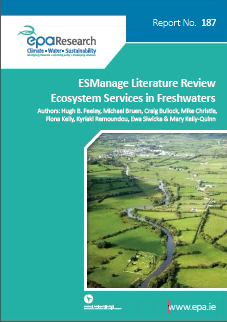
Authors: Hugh B. Feeley, Michael Bruen, Craig Bullock, Mike Christie, Fiona Kelly, Kyriaki Remoundou, Ewa Siwicka and Mary Kelly-Quinn, December 2016
Year: 2016
The ESManage Literature Review considers how the ecosystem services framework aligns with the objectives of current policy and legislation to inform management of freshwater resources.
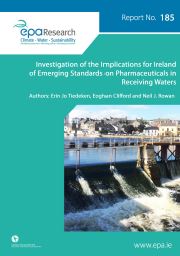
Authors: Erin Jo Tiedeken, Eoghan Clifford and Neil J. Rowan, December 2016
Year: 2016
This report provides an understanding of the state of research on three emerging aquatic pollutants of particular legislative importance, and demonstrates the need to protect our waterways from the severe anthropogenic pressure of chemical pollutants.
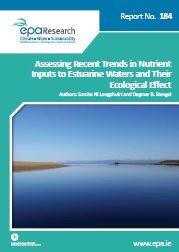
Authors: Sorcha Ní Longphuirt and Dagmar B. Stengel, December 2016
Year: 2016
Research report 184 Assessing Recent Trends in Nutrient Inputs to Estuarine Waters and Their Ecological Effect
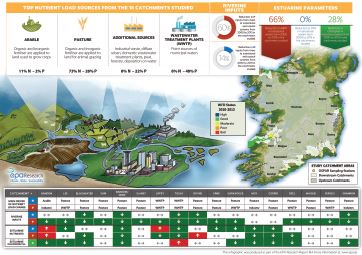
Year: 2016
Infographic based on Research Report 184
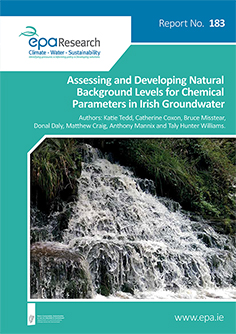
Authors: Katie Tedd, Catherine Coxon, Bruce Misstear, Donal Daly, Matthew Craig, Anthony Mannix and Taly Hunter Williams, December 2016
Year: 2016
This report details Assessing and Developing Natural Background Levels for Chemical Parameters in Irish Groundwater
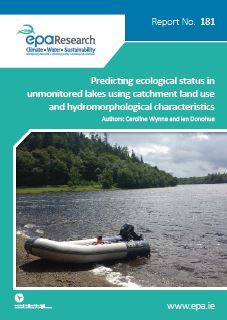
Authors:Caroline Wynne and Ian Donohue, December 2016
Year: 2016
The objective of the current study was to develop a method to predict the ecological status of unmonitored lakes to fulfil the requirements of the Water Framework Directive (WFD).
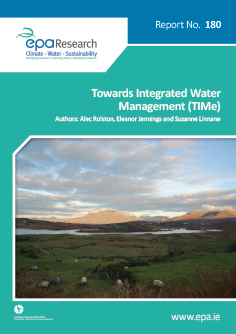
Authors: Alec Rolston, Eleanor Jennings and Suzanne Linnane, November 2016
Year: 2016
The overarching objective of the Towards Integrated Water Management (TIMe) Project was to connect science, policy, managers and local communities for the integrated management of Ireland"s water resources to assist in delivering improvements in environmental status, water quality and water management.
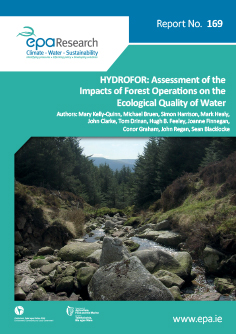
Authors: Mary Kelly-Quinn, Michael Bruen, Simon Harrison, Mark Healy, John Clarke, Tom Drinan, Hugh B. Feeley, Joanne Finnegan, Conor Graham, John Regan, Sean Blacklocke, July 2016
Year: 2016
HYDROFOR is an EPA and DAFM-supported multi-sector co-operative project to investigate the impacts of forestry operations on Ireland's aquatic ecology.
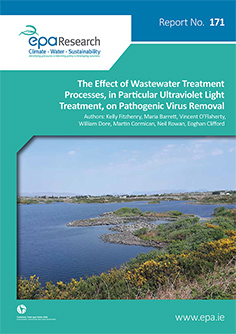
Authors: Kelly Fitzhenry, Maria Barrett, Vincent O’Flaherty, William Dore, Martin Cormican, Neil Rowan, Eoghan Clifford, July 2016
Year: 2016
This study investigated the use of an alternative virus (FRNA bacteriophage) as a potential surrogate/model for norovirus behaviour.
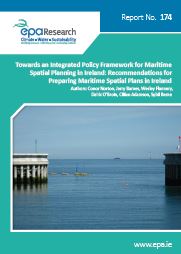
Authors: Conor Norton, Jerry Barnes, Deiric O’Broin, Wesley Flannery, Cillian Adamson and Sybil Berne, June 2016
Year: 2016
There is a need for a holistic vision and management to allow for the balance of social, economic and environmental interests and to ensure that maritime space and resources are used in a planned and sustainable manner.
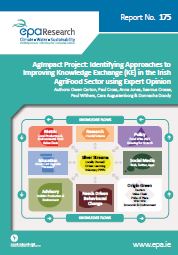
Authors: Owen Carton, Paul Cross, Anna Jones, Seamus Crosse, Paul Withers, Cara Augustenborg & Donnacha Doody, June 2016
Year: 2016
There is significant pressure to develop knowledge exchange (KE) processes that will facilitate the application of existing and new knowledge in order to deliver increased agricultural production efficiency and profitability while protecting natural capital including water.
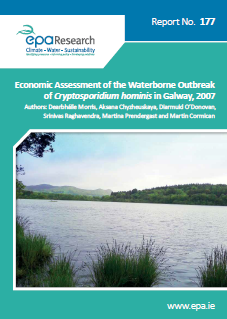
Authors: Dearbháile Morris, Aksana Chyzheuskaya, Diarmuid O’Donovan, Srinivas Raghavendra, Martina Prendergast and Martin Cormican, June 2016
Year: 2016
Water is a limited and precious resource and is being consumed worldwide at unsustainable levels. It is therefore essential to place an economic value on this precious resource. In March 2007, the largest outbreak of cryptosporidiosis since surveillance began in Ireland occurred, and was associated with contamination of the water supply serving Galway City and surrounding areas.
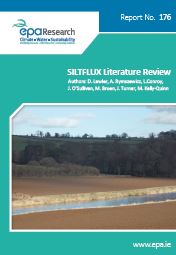
Authors:Damian Lawler, Anna Rymszewicz, Liz Conroy, John O’Sullivan, Michael Bruen, Jonathan Turner and Mary Kelly-Quinn, June 2016
Year: 2016
This review summarises the key issues that affect the role of fine sediment in fluvial systems, with a focus on northern Europe, the UK and Ireland, which will be of most relevance to the SILTFLUX project.
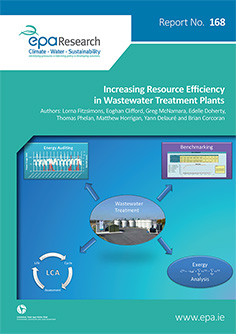
Authors: Lorna Fitzsimons, Eoghan Clifford, Greg McNamara, Edelle Doherty, Thomas Phelan, Matthew Horrigan, Yann Delauré and Brian Corcoran, May 2016
Year: 2016
The focus of this project was the resource efficiency of Irish wastewater treatment plants (WWTPs). The perspective of the report is both operational (economic) and environmental. Wastewater treatment is a resource-intensive process, with three main resources being identified as those of greatest concern: energy, chemicals and water.
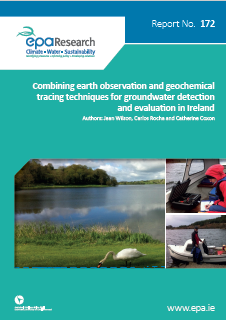
Author: Jean Wilson, Carlos Rocha and Catherine Coxon, April 2016
Year: 2016
Precipitation that reaches the earth’s surface can infiltrate into the ground to become groundwater. Groundwater is subsurface water that fully saturates pores or cracks in soil and rocks. While an important source of freshwater globally, groundwater is also environmentally important as baseflow or low-water flow, which maintains river, stream and lake levels, as well as their associated ecosystems.
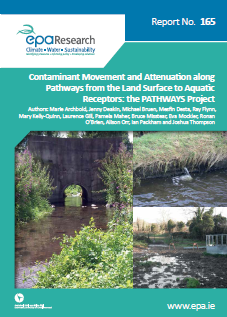
Authors: Marie Archbold, Jenny Deakin, Michael Bruen, Mesfin Desta, Ray Flynn, Mary Kelly- Quinn, Laurence Gill, Pamela Maher, Bruce Misstear, Eva Mockler, Ronan O’Brien, Alison Orr, Ian Packham and Joshua Thompson, March 2016
Year: 2016
The synthesis report for the PATHWAYS project.
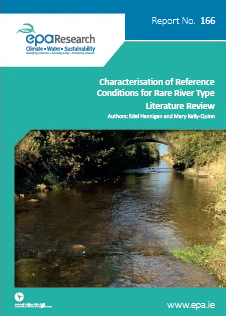
Authors: Edel Hannigan and Mary Kelly-Quinn, February 2016
Year: 2016
This report is the Literature Review of the Rare Type project, which will help ensure that rare river types are categorised and assessed correctly as required by the WFD.
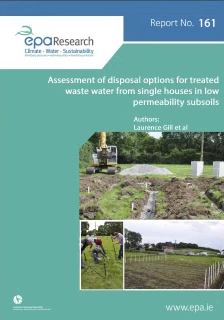
Authors: Laurence Gill, Donata Dubber, Vincent O’Flaherty, Mary Keegan, Kate Kilroy, Sean Curneen, Bruce Misstear, Paul Johnston, Francesco Pilla, Tim McCarthy, Nadeem Qazi and David Smyth, January 2016
Year: 2016
The potential impacts of incorrectly situated or poorly constructed domestic waste water treatment systems (DWWTSs) include the polution of either groundwater and/or surface water and places a risk on human health particularly via private wells.
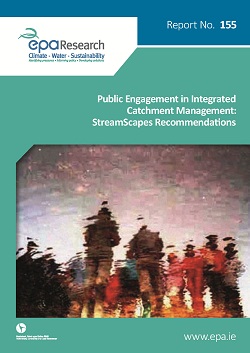
Mark Boyden, StreamScapes Aquatic & Biodiversity Education Project, November 2015
Year: 2015
This study provides an overview of practical examples of public engagement and makes recommendations in an effort to contribute to the quest to determine viable, practicable and effective engagement techniques to secure meaningful participation by the public in the attainment of essential aquatic and biodiversity goals.
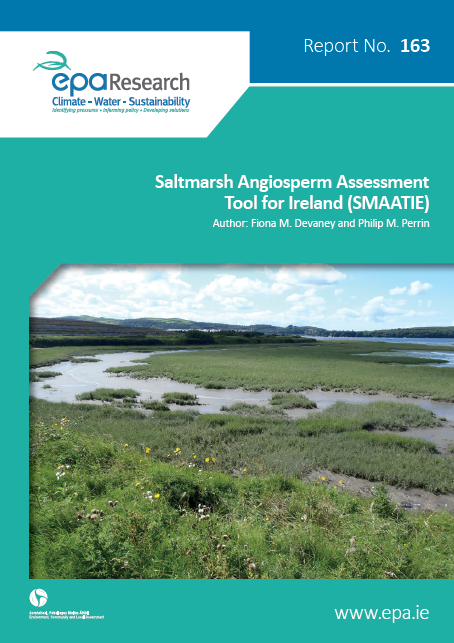
Authors: Fiona M. Devaney and Philip M. Perrin, November 2015
Year: 2015
The EU Water Framework Directive aims to protect and enhance the quality of rivers, lakes, groundwater, estuaries and coastal waters. Member States (MS), such as Ireland, must aim to achieve good status in all waters by 2015 and ensure that status does not decline. As part of this commitment, MS must assess and classify the quality of transitional and coastal waters.